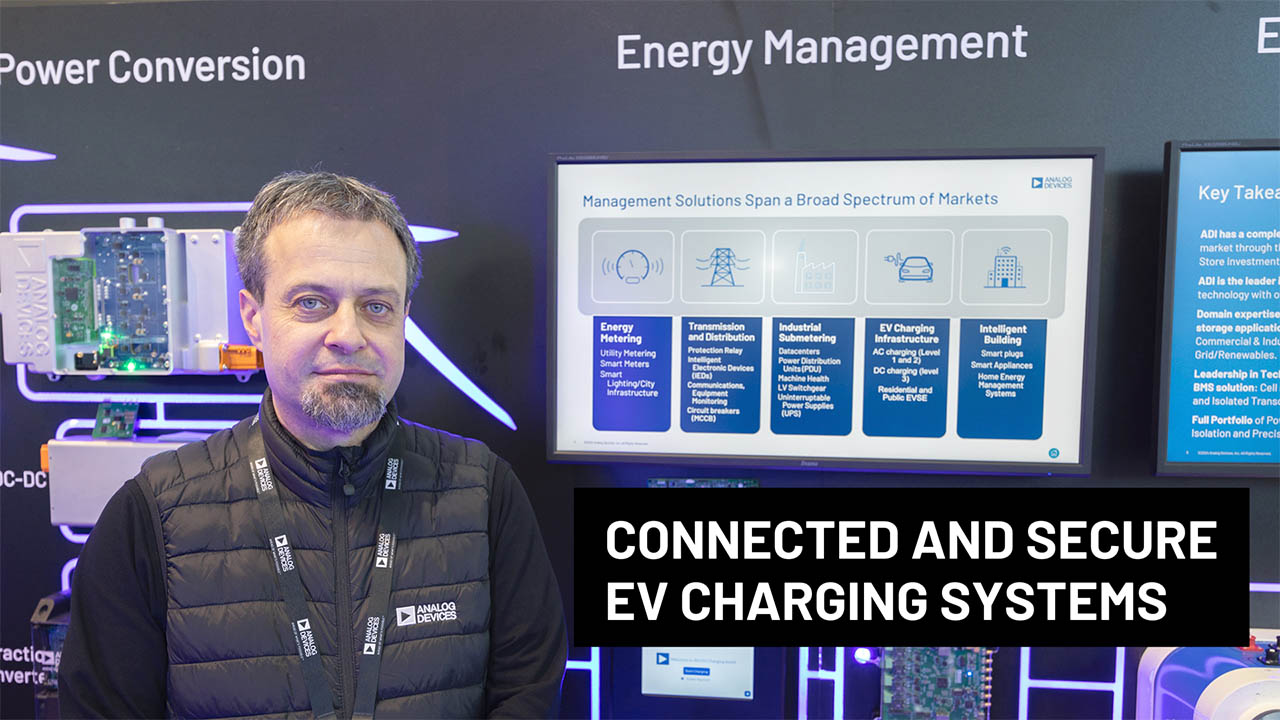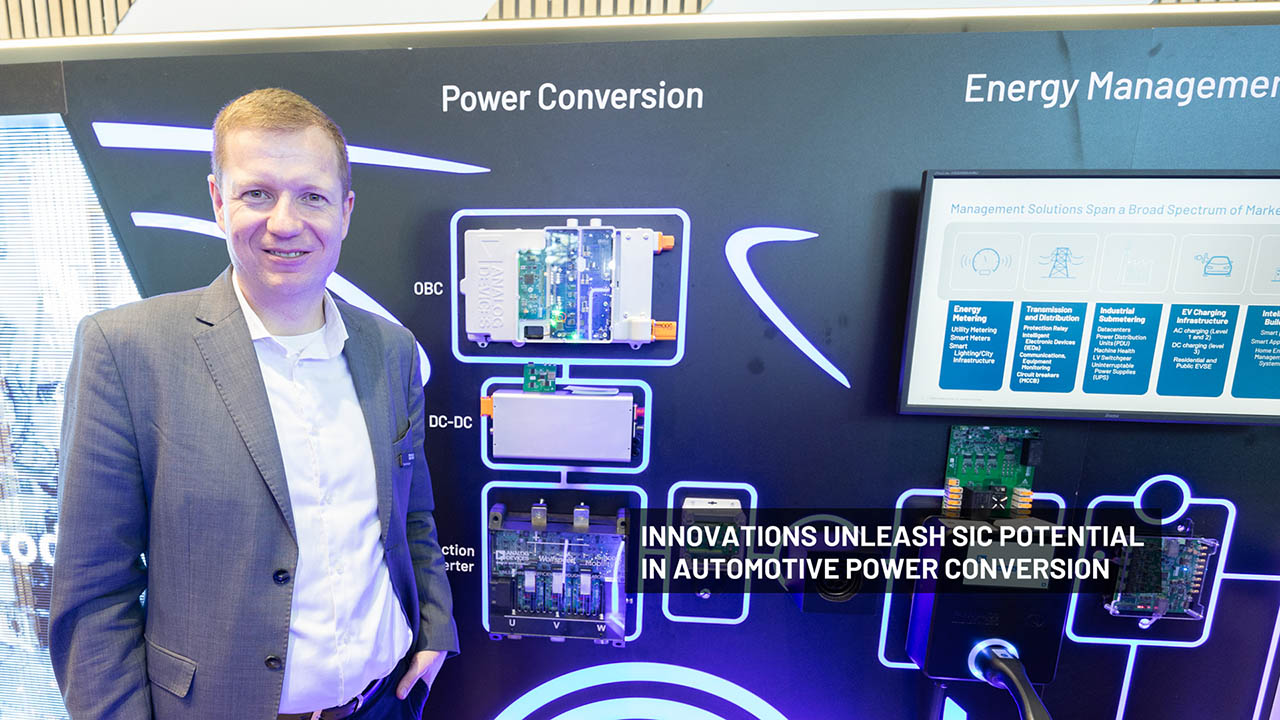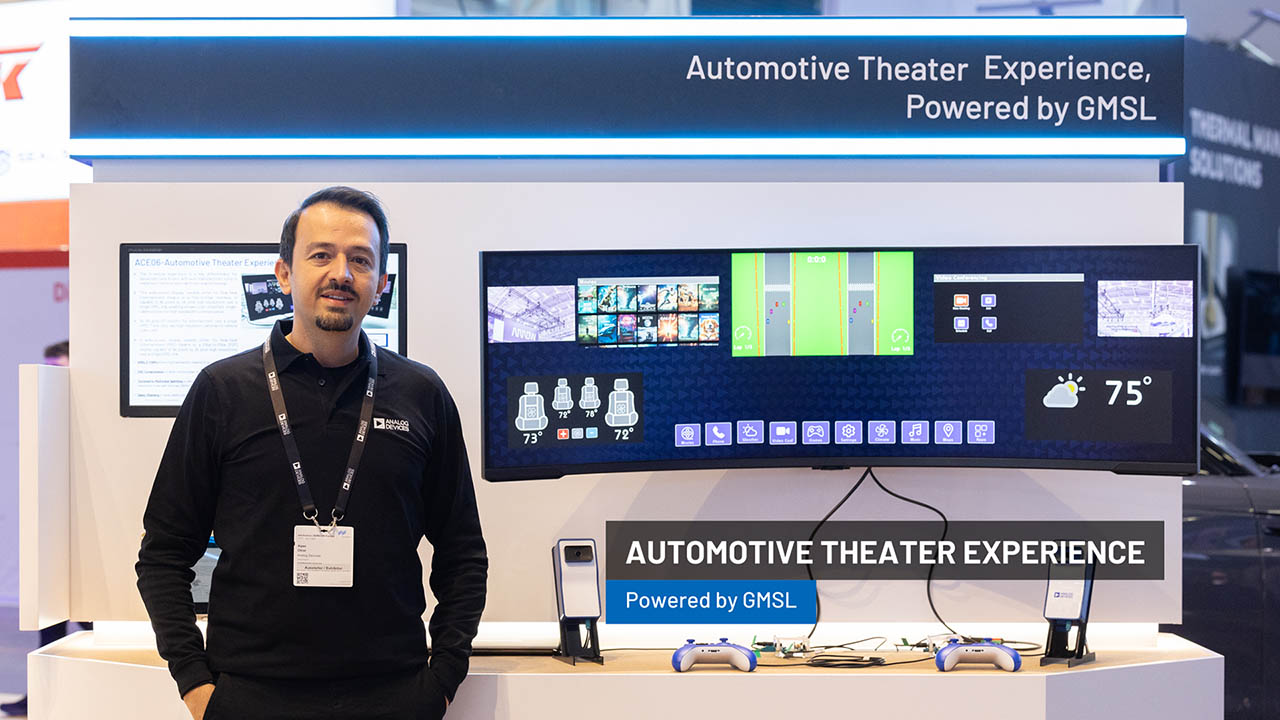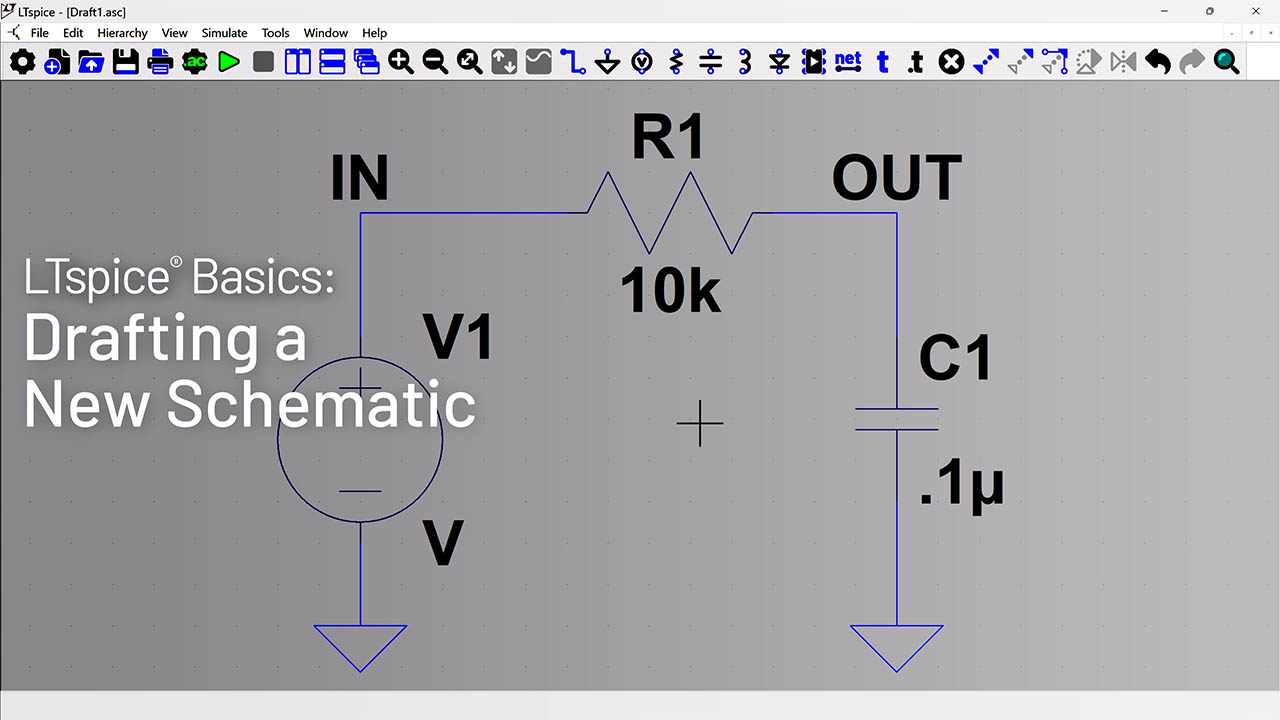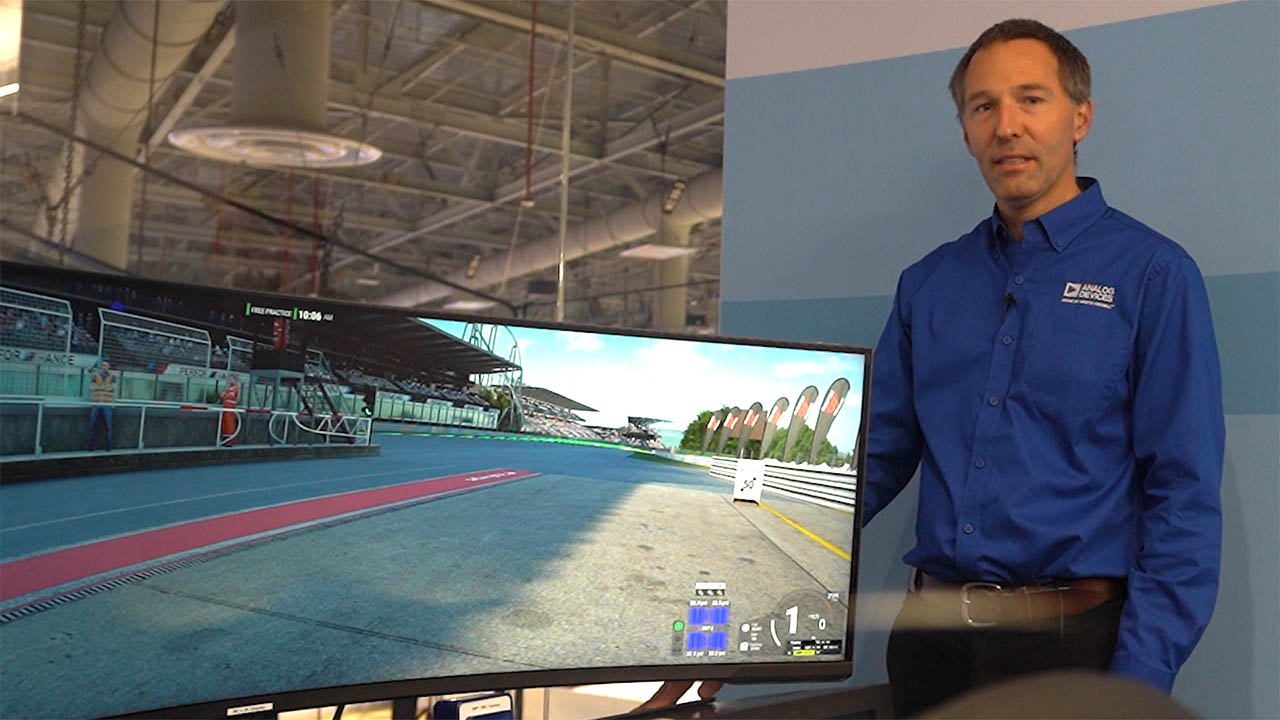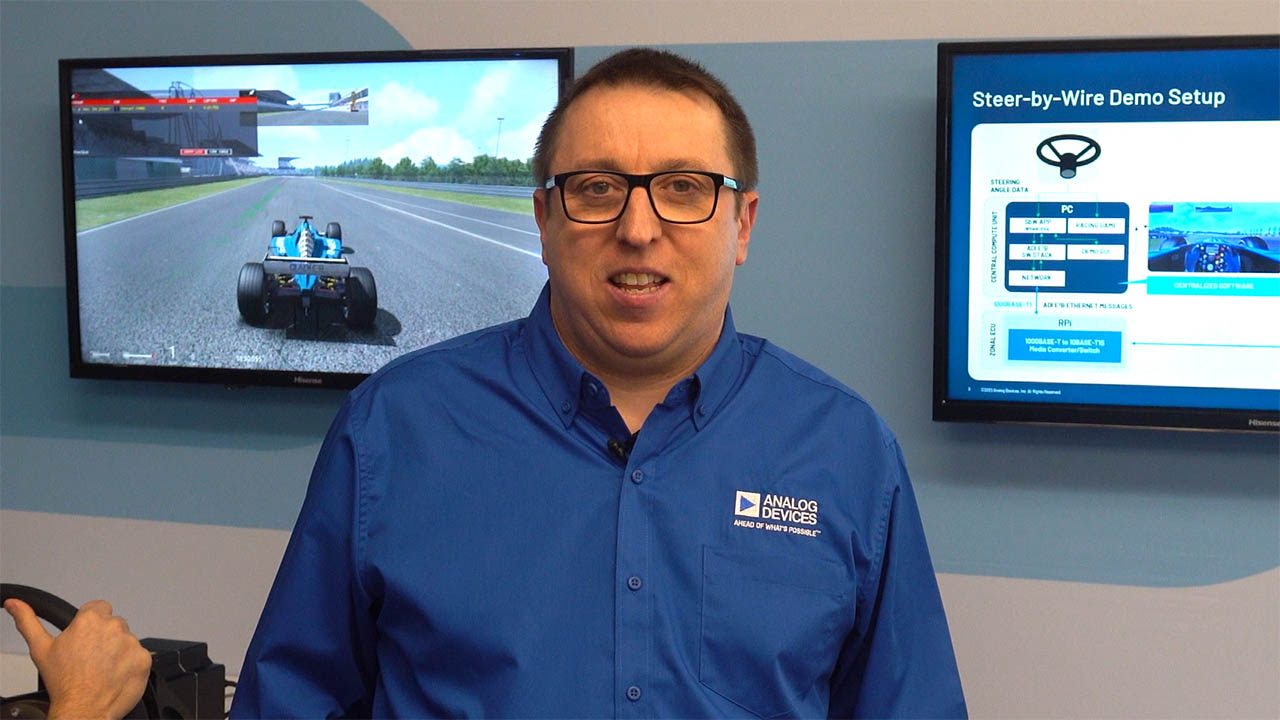Abstract
Base-station power designs must make trade-offs among size, efficiency, and performance. New power solutions based on digital telemetry are simple, flexible, and scalable. Base-station systems designed around the MAX15301 point-of-load (POL) controller will be more integrated and flexible.
Base-station power-supply engineers encounter numerous design challenges. Wireless operators want them to reduce power consumption and reduce size. They are also asked to minimize the complexity of the subsystems performing sequencing, monitoring, margining, and numerous other tasks. To optimize application requirements, they must make several trade-offs, including power conversion efficiency versus size and performance complexity versus cost. This article will explain how a new, highly integrated power solution offers the flexibility and optimized performance to simplify these design challenges.
Improving Efficiency
The energy cost to operate a base station is significant to the wireless operator, which makes the need for more efficient power solution important for reducing operating expenses. In addition, a reduction in power consumption will lower power dissipation so operators can use a smaller heatsink in the radio unit. A smaller heatsink, in turn, may allow a smaller unit to be implemented. Finally, since these radio units are often mounted on a pole or the side of a building, reducing the overall footprint minimizes the mechanical stresses involved.
A base-station's baseband unit offers fast signal-processing capabilities to handle the large volume of data and voice traffic over the network. The baseband unit requires high current and multiple voltage rails with current that can exceed 60A, resulting in the need for a multiphase power solution and, often, telemetry.
Techniques to improve efficiency with power conversion include minimizing conduction, switching, and reverse recovery losses. Conduction losses can be reduced by selecting low on-resistance (RON) MOSFETs. A higher gate drive can also further minimize the on resistance (RRDSON). The trade-off with using a higher switching voltage is increased switching losses. Nonetheless, having the ability to set the gate drive can be very desirable. For higher currents, high gate-drive voltage reduces conduction losses; for light-load operation, the gate drive voltage can be reduced. An automated selection process optimizes the trade-off between conduction and switching losses, making for a better base-station design.
The MAX15301 digital point-of-load (POL) controller uses advanced algorithms to achieve the highest levels of efficiency and transient response over the full range of operating conditions. It includes an advanced, high-efficiency, adaptive gate driver for the external MOSFET. By continuously adapting to changes in load, voltage, and current, it optimizes the efficiency.
Simplifying Power Complexity and Improving System Reliability
If you can monitor system operating parameters, then you can better manage system performance. And better system management always improves system reliability.
As noted above, the baseband unit must have powerful signal-processing capabilities to handle a large amount of data and voice traffic. Multiple high- and low-current voltages must be sequenced correctly during power-up/down. Current and temperature must be monitored throughout baseband operation to ensure that the system is operating within tolerance and to provide warning or fault signals. In the end, it is telemetry and advance fault-management features that enable base stations to achieve the high reliability. Using an analog approach, multiple devices are needed to implement these functions with the need of a power manager. A digital approach, however, reduces design complexity and the need for a separate power manager. (See Figure 1.)
Base-station power-management tasks usually require a very complex power-management controller and multiple discrete components for each function. The overall board space and complexity of the design grow accordingly. Base-station designs also operate over extreme temperatures, so designs must be robust over a wide operating temperature range. With a traditional analog power solution, compensation is set at one unique operating condition which must address a wide operating range. Meanwhile, variations in passive components such as inductor and capacitors make compensation for a power supply even more challenging.
There is an alternative approach, a system based on digital architecture approach. In a digital architecture, the ability to automatically compensate can be implemented and be advantageous in optimizing bandwidth. A higher bandwidth improves the load transient response, thereby allowing for improved tolerance or the ability to eliminate output capacitors to improve solution size. Moreover, passive components can vary over temperature, but automatic compensation can adapt to these changing conditions. This offers the ability to optimize over the entire temperature range.

Figure 1. System design with analog (left) and digital approach (right). The digital approach integrates the power manager for each DC-DC converter. The result is a flexible and scalable system. Digital telemetry enables constant monitoring of system components to ensure optimized base-station performance.
Maxim InTune™ products like the MAX15301 address these power-management challenges. They make it easy to achieve high-performance, DC-DC power-supply designs that require less filter capacitance and have greater efficiency. This digital power technology is based on "state-space" or "model-predictive" control, rather than proportional-integral-derivative (PID) control which is typical of most digital controllers. The automatic compensation routine in the MAX15301 is based on measured parameters and enables the construction of an internal mathematical model of the power supply, including the external components. The result is a switching power supply that achieves the highest possible dynamic performance while guaranteeing stability. This technology also enables several proprietary algorithms that optimize efficiency over a wide range of operating conditions.
Reducing Board Space
Reducing board space in a radio unit is important because the antenna might be mounted onto a building, tower, or pole where its weight becomes a problem. For the baseband unit, larger, more powerful digital processors require more space and, as a result, make it more challenging to keep board size down.
Integrated MOSFET solutions offer a smaller form factor for POL power. This approach is acceptable when the power levels are lower, but it becomes more challenging with higher current designs. A device with integrated MOSFETs is optimized for efficiency for a specific operating condition. A solution based on a controller allows some flexibility for optimization because you can optimize the selection of the MOSFETs for each specific condition. It also allows more heat spreading on the board for thermal management. The obvious trade-off here is the need for more board space.
Meanwhile, the currents in the baseband unit can be as high as 60A per rail and require multiphase power solutions. The number of passive components for these higher power rails—output capacitors in this case—increases to meet transient requirements. The MAX15301 can be configured to operate as a stand-alone or in a multiphase solution.
The MAX15301 digital controller, however, features a proprietary autotuning feature that simplifies designs. Now the user does not need an engineer to compensate the power supply and can be assured of an optimum compensation. The integration of telemetry also reduces the need for external ICs, thereby allowing for a more dense design.
Summary
Base-station power designs must make trade-offs among size, efficiency, and performance. New power solutions based on digital telemetry are simple, flexible, and scalable. Base-station systems designed around the MAX15301 will be more integrated and flexible. With constant component monitoring, overall performance can be optimized and made more reliable. In the end, digital telemetry makes juggling the trade-off challenges more straightforward.
{{modalTitle}}
{{modalDescription}}
{{dropdownTitle}}
- {{defaultSelectedText}} {{#each projectNames}}
- {{name}} {{/each}} {{#if newProjectText}}
-
{{newProjectText}}
{{/if}}
{{newProjectTitle}}
{{projectNameErrorText}}





